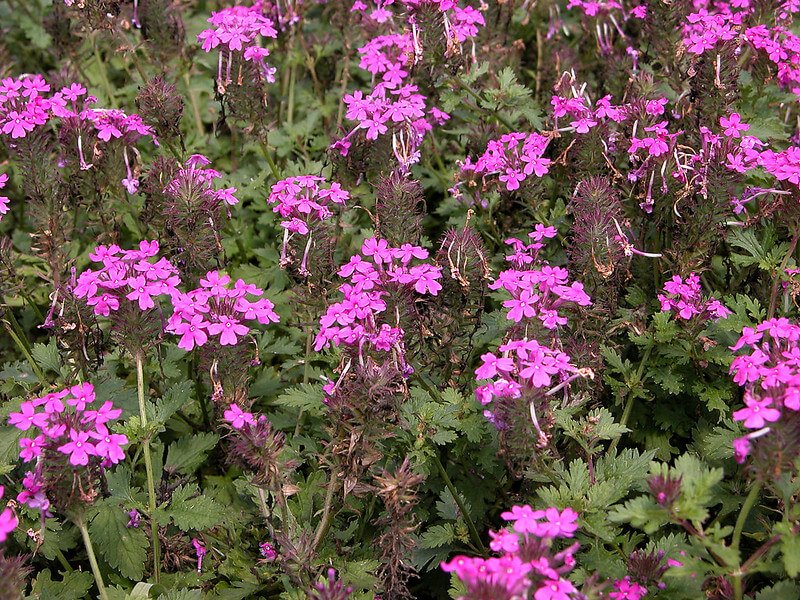Life Cycle: Perennial
Sun Exposure: Full-Partial shade
Soil Moisture: Medium – Dry
Height: ½-2 feet
Plant Spacing: it creeps, rooting at the nodes, possible ground cover.
Bloom Time: June-August
Bloom Color: Pink to lavender
Advantages: Pollinator Favorite, Deer Resistant







